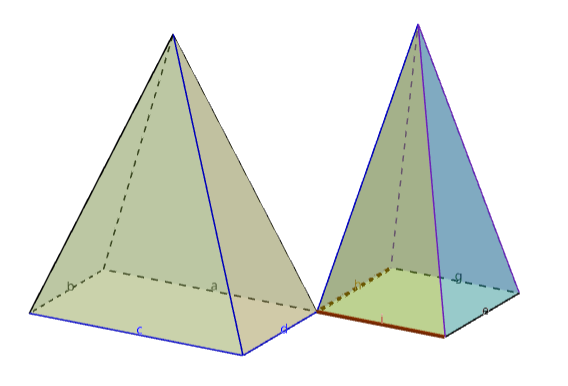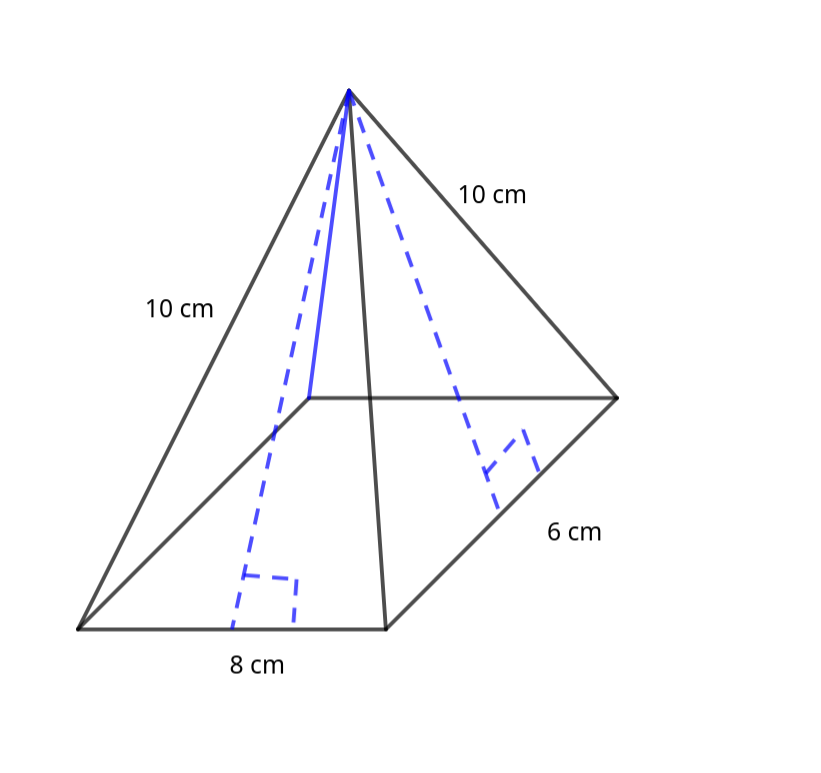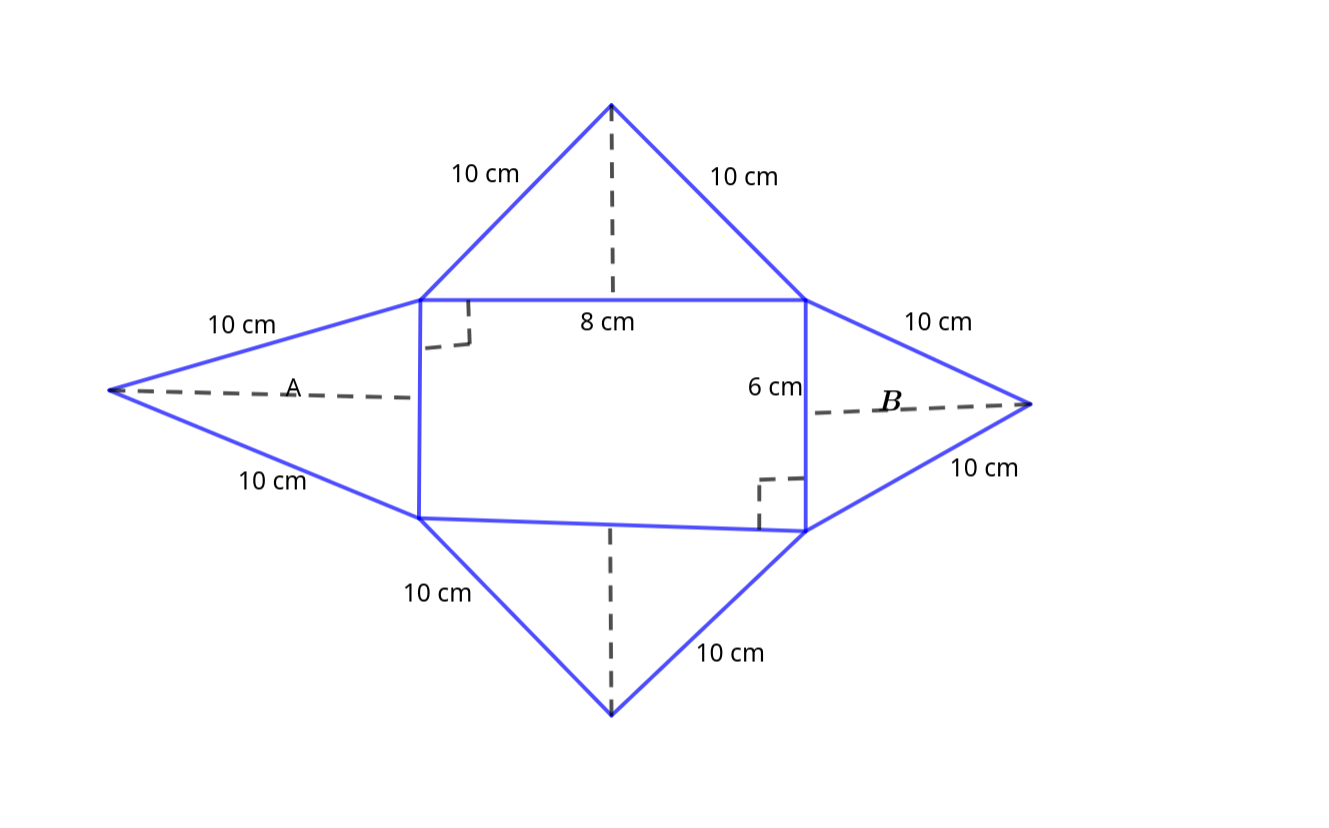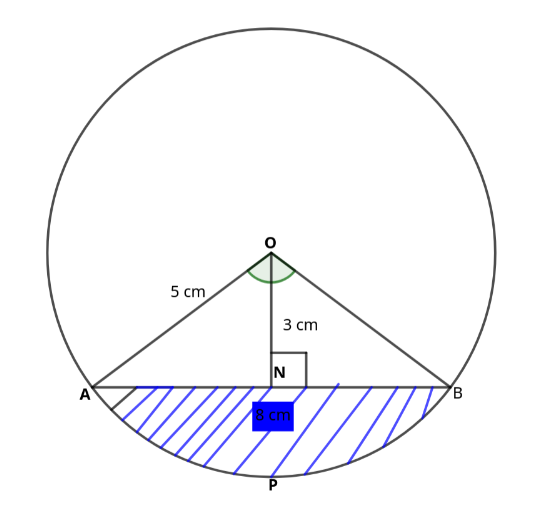Definition 3.1.1.
\(\textbf{Polygon}\)
A polygon is a closed 2D shape made up of straight lines. Examples include \(\textbf{triangles, quadrilaterals, pentagons}\) and \(\textbf{hexagons.}\)
Type of Polygon
|
Characteristics
|
Examples
|
|---|---|---|
Regular Polygon
|
All sides are equal in length
All interior angles are equal
It is symmetrical
|
Equilateral triangle, square, regular hexagon
|
Irregular Polygon
|
Sides are not all equal
Angles are not all equal
Not symmetrical
|
Scalene triangle, rectangle, trapezium
|



